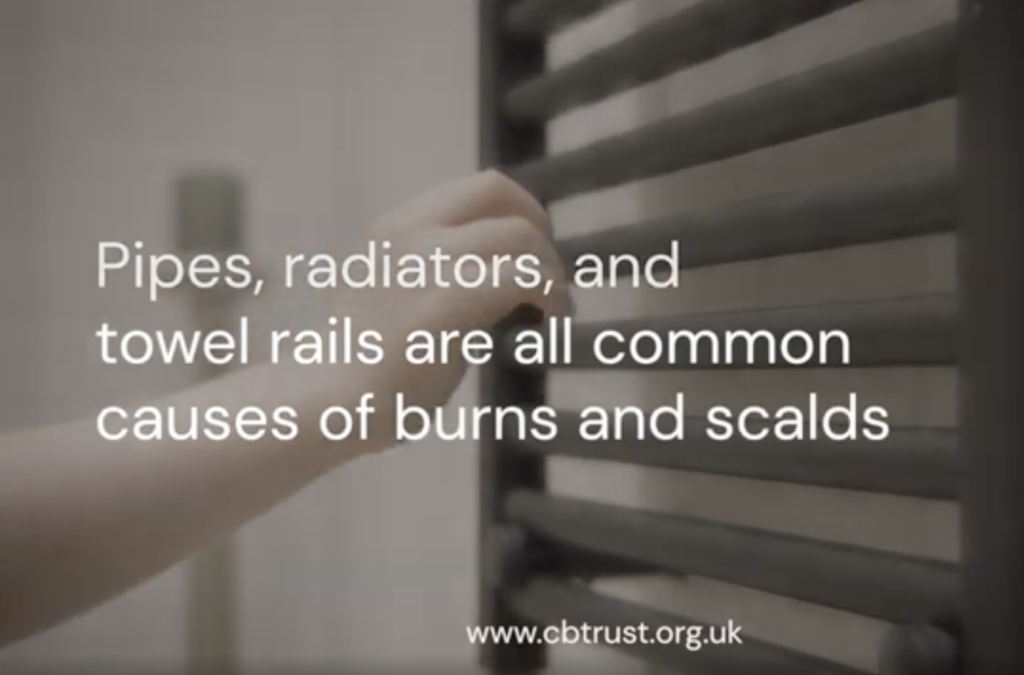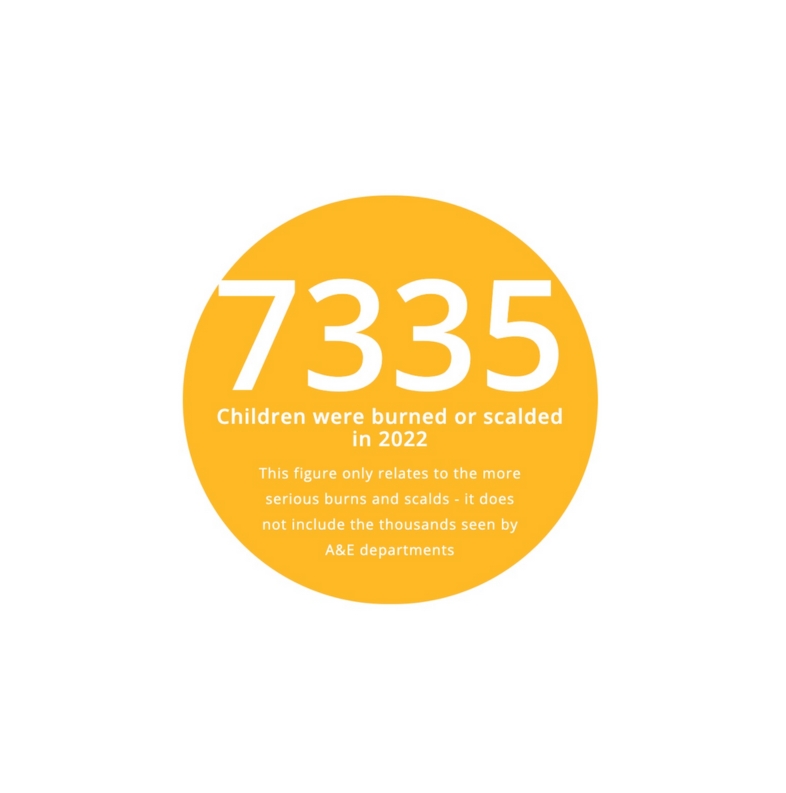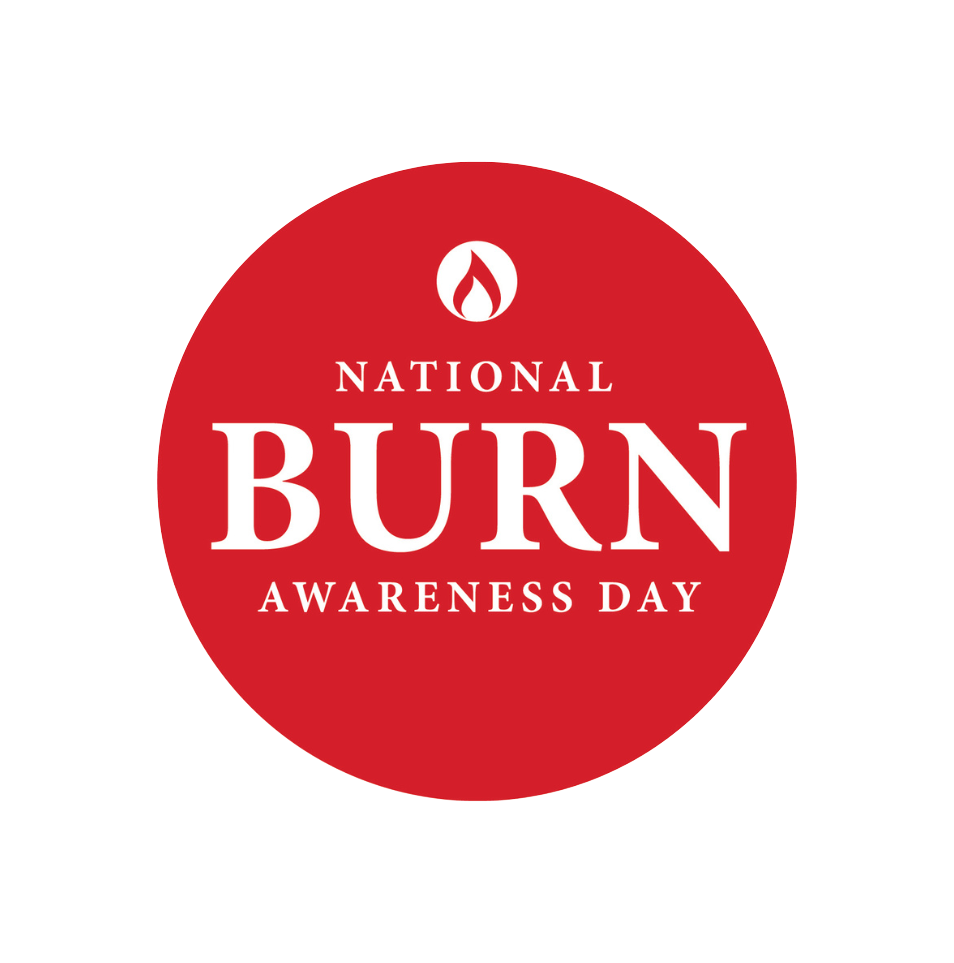Radiators

Pipes, radiators and towel rails are all common causes of burns and scalds. Most standard steel panel radiators can reach surface temperatures of 75°c – hot enough to cause serious burns in seconds.
Data from the International Burn Injury Database (iBID) During 2023, 160 children were admitted to an NHS Burns Service experiencing burns due to a central heating radiator. This does not include those who were treated in A&E departments for this and other heating related injuries such as pipes, solid fuel and gas heaters
Advice
- Always keep children away from open heat sources such as fire places and gas stoves.
- Cover any low-level hot pipes with insulating material if you can, in case children fall against or touch them.
- Fit fireguards to all fires and heaters.
- Gas heaters should be serviced at least every 2 years.
- Keep all flammable materials at least one metre away from the heater.
- Be aware that children’s clothing with a ‘low fire danger’ label is still flammable.

Radiators are one of the main causes of burns to children
Burns to children from radiators can be extremely serious. Please ensure that children are kept away from radiators, towel rails and hot water pipes.

First Aid – for a radiator burn
COOL
CALL
COVER
Children Burns Trust Chairperson “One of our key aims is to raise awareness that the greatest risk of burns and scalds to UK children occur as a result of everyday items in the home, and how the right first aid can make all the difference should an accident occur”
Impact
children a day are burned by a hot drink
decline in fundraising income this year
children were burned or scalded in 2022
Related content

Burns and scalds infographic

First Aid
